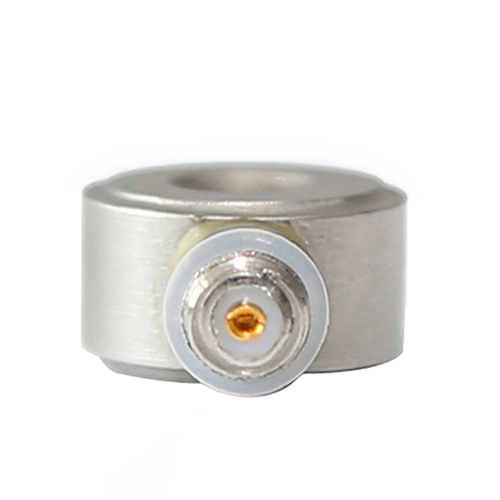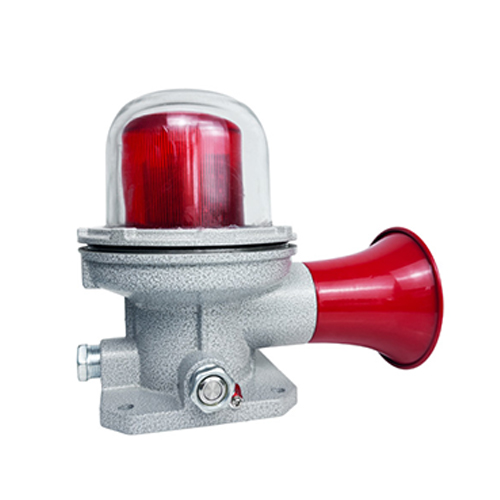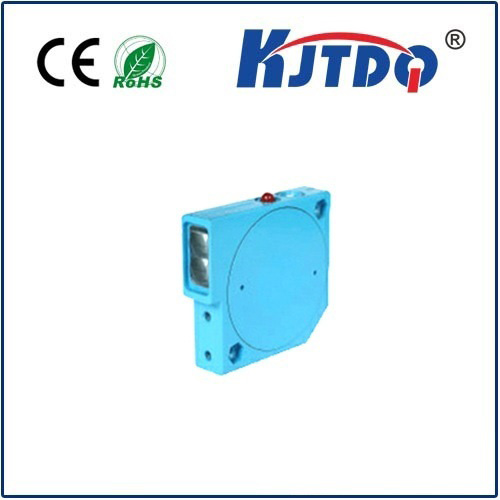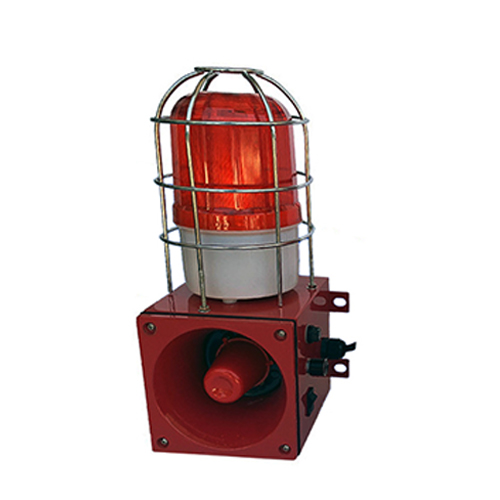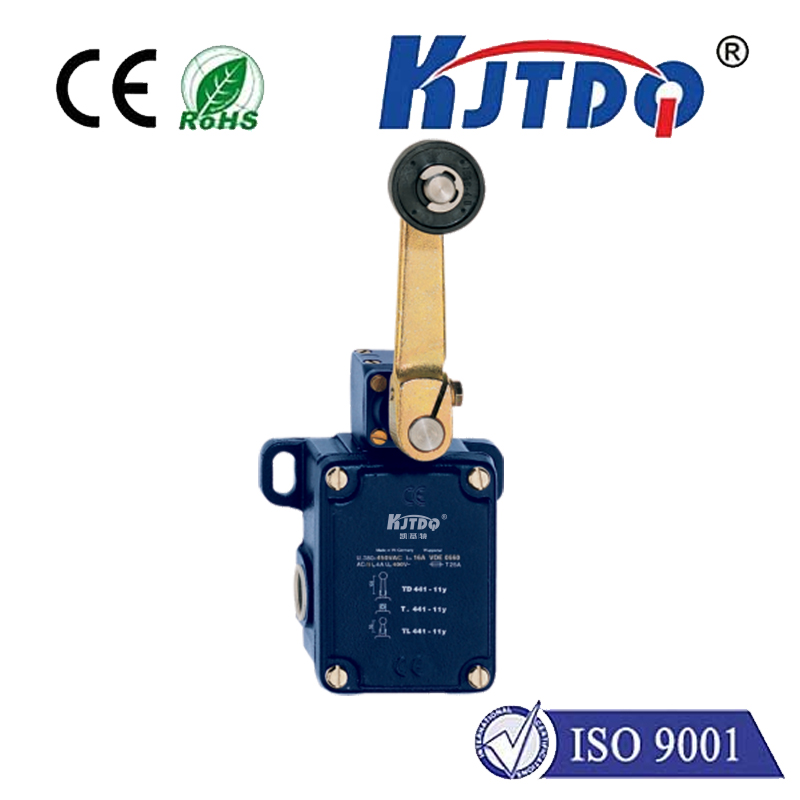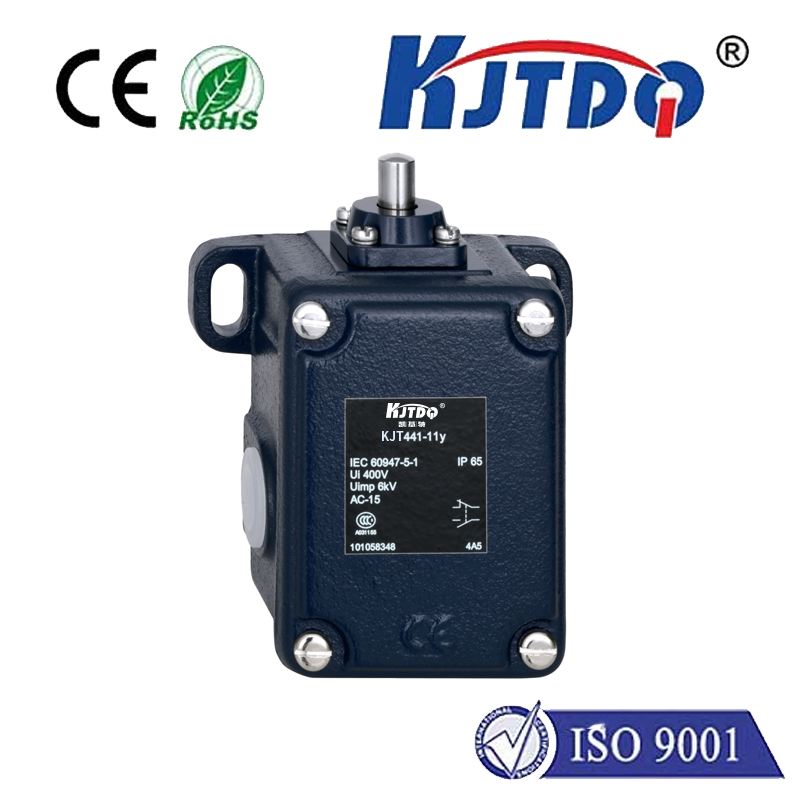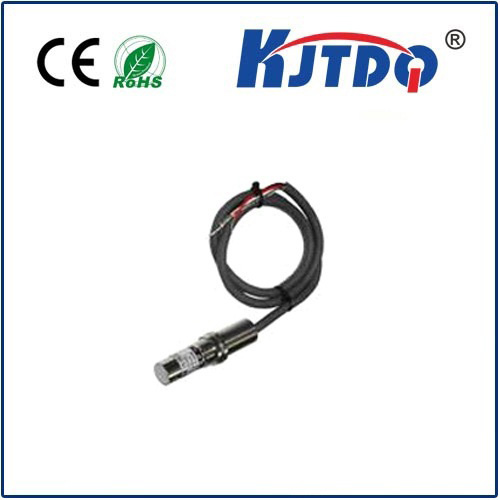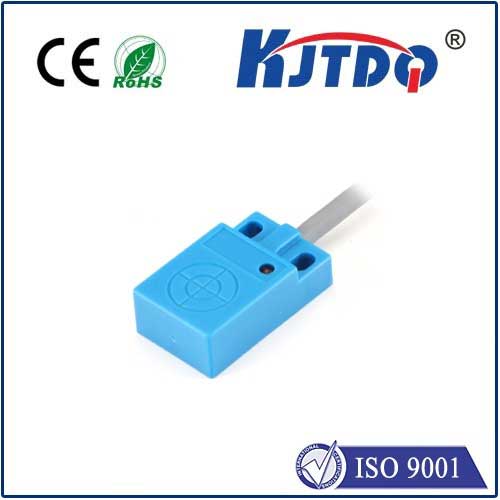i2c pressure sensor
- time:2025-08-19 09:12:23
- Click:0
Mastering Measurement: The Power and Integration of I2C Pressure Sensors
From the tire gripping the road to the drone soaring above, and the medical device monitoring vital signs, pressure sensing is an invisible yet critical force shaping our technological world. Moving beyond clunky analog gauges, digital pressure sensors have revolutionized how we capture this fundamental physical parameter. Among these, sensors equipped with the I2C interface stand out for their elegance, efficiency, and ease of use, becoming the go-to choice for countless modern designs. This guide dives into the core of I2C pressure sensors, exploring their operation, advantages, and the vast applications they enable.
Decoding the I2C Advantage
I2C, standing for Inter-Integrated Circuit, is a synchronous, multi-master, multi-slave serial communication bus pioneered by Philips (now NXP Semiconductors). Its core strength lies in simplicity:
- Minimal Wiring: Only two wires are needed for communication:
- SDA (Serial Data): Carries the actual data bits.
- SCL (Serial Clock): Provides the timing/synchronization signal.
Compared to analog sensors requiring distinct wiring for power, ground, and output, this drastically simplifies PCB layout and harness complexity.
- Multi-Device Support: Multiple sensors and other ICs can share the same bus, each identified by a unique I2C address. This enables dense sensor networks without a proportional increase in wiring.
- Built-in Intelligence: I2C pressure sensors incorporate an internal ASIC (Application-Specific Integrated Circuit). This chip handles the crucial tasks of digitizing the raw signal from the pressure-sensing element (often a MEMS piezoresistive diaphragm) and managing the I2C communication protocol. This onboard processing provides inherent noise immunity – a significant advantage over analog signals prone to degradation over long wires or in electrically noisy environments (like automotive or industrial settings).
- Programming Flexibility: The digital nature of I2C allows the host microcontroller to configure various sensor parameters programmatically. This includes setting:
- Output Data Rate (ODR): Control how frequently the sensor takes a measurement.
- Operating Modes: Switch between active, sleep, or standby for critical power management in battery-operated devices.
- Interrupt Thresholds: Configure the sensor to alert the host only when pressure crosses predefined limits, saving processing power.
- Filter Settings: Adjust digital filtering to smooth data or focus on specific measurement dynamics.
Inside the I2C Pressure Sensor: More Than Just Pressure

A modern I2C pressure sensor is a sophisticated system-on-a-chip (SoC) package:
- MEMS Sensing Element: This microscopic structure, typically silicon-based, deforms minutely under applied pressure. This deformation causes a measurable change in electrical resistance.
- ASIC (Signal Conditioning & ADC): The Analog-to-Digital Converter transforms the tiny analog voltage change from the MEMS element into a high-resolution digital value. Sophisticated circuitry performs amplification and initial temperature compensation.
- Digital Processing Core: This handles advanced tasks:
- Full Temperature Compensation: Pressure readings are inherently sensitive to temperature changes. Sophisticated algorithms embedded in the sensor firmware apply compensation based on an integrated temperature sensor, ensuring highly accurate pressure measurements across the operational range.
- Calibration: Factory calibration coefficients are stored in non-volatile memory (e.g., OTP, EEPROM) and applied during measurement to correct for offset and sensitivity variations.
- I2C Protocol Engine: Manages all aspects of I2C communication: address recognition, data packet formatting, clock stretching, and ACK/NACK handling.
- Configuration Register Management: Stores and applies settings programmed by the host via I2C commands.
Integration Made Straightforward: Connecting to Your Design
Integrating an I2C pressure sensor significantly streamlines the design process compared to analog counterparts:
- Hardware Hooking: Connect Vdd (power, typically 1.7V to 3.6V), Ground, SCL, and SDA to the host microcontroller. Pull-up resistors (commonly 4.7kΩ or 10kΩ) are required on both SCL and SDA lines to bring them high when released by the devices. Many development boards already include these.
- Software Handshake: Leverage readily available I2C libraries for the target microcontroller (Arduino, PlatformIO, STM32 HAL, ESP-IDF, etc.). Key steps include:
- Initializing the host’s I2C peripheral.
- Reading the sensor’s device ID (often the first step for verification).
- Configuring operating mode, data rate, and interrupt settings via register writes.
- Reading pressure (and often temperature) data from designated output registers.
- Managing Data: The sensor outputs calibrated, temperature-compensated pressure values directly in engineering units (kPa, hPa, mbar, psi). Simple scaling is often all that’s needed. The inclusion of temperature data is also invaluable for environmental monitoring or further system calibration.
Key Considerations for Robust Integration:
- Voltage Compatibility: Ensure host MCU logic levels match the sensor’s Vdd and I2C voltage levels. Level shifters might be needed for mixed-voltage systems.
- Electrical Noise: While inherently noise-resistant, minimize noise coupling by keeping SCL/SDA traces short and away from high-speed digital or switching power lines. Good grounding practices are essential.
- Vdd Stability: Ensure a clean, stable power supply. Use appropriate decoupling capacitors close to the sensor’s Vdd pin as specified in the datasheet.
- I2C Bus Speed: Standard Mode (100 kHz), Fast Mode (400 kHz), and Fast Mode Plus (1 MHz) are common. Choose a speed supported by both the sensor and host.
- Address Conflicts: Verify unique addresses if multiple devices share the bus. Some sensors offer limited address configurability via an address pin.
Where I2C Pressure Sensors Thrive: Diverse Applications
The combination of digital precision, simplicity, and compact size makes I2C pressure sensors ubiquitous:
- Automotive & Transportation: Tire Pressure Monitoring Systems (TPMS), engine manifold/boost pressure, brake fluid pressure, HVAC, fuel tank vapor pressure, battery pack pressure monitoring in EVs.
- Industrial Automation & Process Control: Pneumatic/hydraulic system pressure, filter monitoring, pump control, leak detection, tank level sensing (via hydrostatic pressure), industrial robotics.
- Medical Devices: Portable ventilators, infusion pumps, blood pressure monitors (often using cuff pressure), respiratory therapy equipment.
- Consumer Electronics: Weather stations & altimeters, smart sports equipment, wearables (impact detection), vacuum cleaners (suction control), drones (barometric altitude hold), espresso machines.
- HVAC & Building Automation: Duct pressure monitoring, filter clog detection, variable air volume control (VAV).
- Test & Measurement Equipment: Portable data loggers, calibration tools.
I2C vs. Analog Pressure Sensors: A Clear Value Proposition
| Feature | I2C Pressure Sensor | Analog Pressure Sensor |
|












